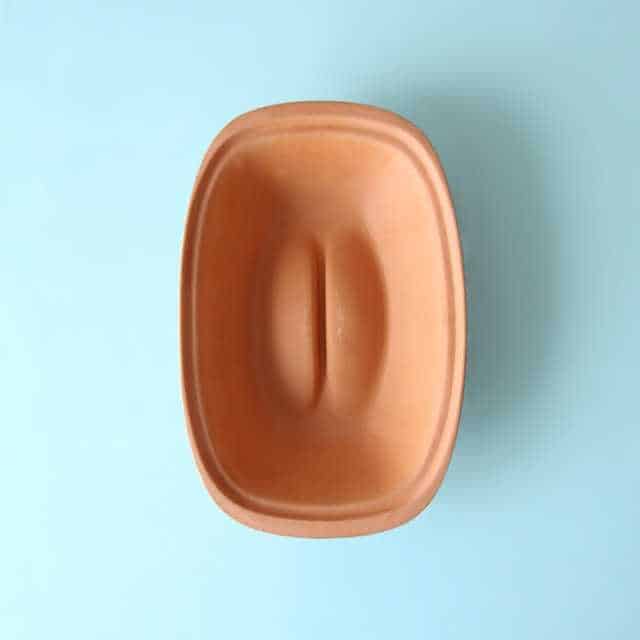Published by Dr MIguel Fernadez Calderón: 26/05/2023
Today we want to tell you about what a labiaplasty isRead on to find out more about the procedure, to clear up any uncertainties and help you make informed decisions about this surgery, read on to learn more!
What is a Labiaplasty?
Labiaplasty is a cosmetic surgery that modifies the size or shape of the labia minora of the vulva, which are the folds of skin on either side of the vaginal opening. The goal is that the labia minora do not hang below the labia majora.
This condition is not a health problem in itself, but it can involve self-esteem problems and discomfort.
The reasons why women opt for this procedure can be varied and include both aesthetic and functional reasons.
Some may feel physical discomfort during activities such as exercise or sexual intercourse due to the size of their labia minora. Others may opt for labiaplasty due to aesthetic insecurities or to improve their self-esteem. Each case is individual and depends on each woman's personal circumstances.
Types of labiaplasty
Labia minora labiaplasty
This surgery is performed to reduce the size of the labia minora, especially when they protrude excessively with respect to the labia majora, causing physical or aesthetic problems.
This is the most common type of labiaplasty, and is performed by cutting away excess tissue and reshaping the labia minora to correct their size and symmetry.
Labiaplasty of labia majora
This is performed to improve the labia majora, either to reduce its size or to increase it. In women with very large labia majora or the skin in the area has lost tone, the doctor may remove excess fat or skin, depending on the reason for the size of the labia.
Also in women who have lost volume in their labia majora, in some cases due to aging or menopause, and with a labiaplasty it is possible to correct it. In this case, the surgeon can transfer fat from other parts of the patient's body or use dermal fillers, such as hyaluronic acid, to increase the size and volume in the area.

Ideal candidates for labiaplasty
Every woman has a different appearance to her genitalia, and a large shape or size is not always indicative that a person needs labiaplasty.
Previous medical evaluation
Before any surgical procedure is performed, it is essential to visit a specialized plastic surgeon with experience in the type of surgery desired.
In the case of labiaplasty, the physician will review the patient's medical history and perform a physical examination of the genital area to evaluate the size, shape and degree of symmetry of the labia majora and labia minora. He/she will consult if the patient feels pain, discomfort, irritation or problems in maintaining a normal sexual life due to the characteristics of the labia majora and labia minora.
During this first evaluation, the doctor will discuss with the patient about her expectations and the possible results she will obtain after surgery.
Health and lifestyle factors
If you are concerned about the appearance of your labia or have discomfort when wearing tight clothing, doing certain exercises or sexual intimacy, then labiaplasty may be considered an option for you.
On the other hand, labiaplasty is also part of gender affirming surgeries.
It is important to keep in mind that there are labia in different thicknesses and sizes. And that if you have no medical concerns, your labia is considered normal.
At what age is surgery recommended?
There is no set age for labiaplasty; however, it is recommended to wait until a woman has reached full physical maturity. This can occur around the age of 18, when puberty has been completed and growth and development has culminated.
Before making any decision, the surgeon will be the one to approve or not the surgery according to the patient's age, based on her particular needs.
Step-by-step procedure
Before labiaplasty surgery you should have a consultation with the specialist. This is to understand your expectations and goals. The surgeon will review your medical history and discuss with you the details of the procedure.
Anesthesia and preparation
Preparation for labiaplasty may include specific instructions on diet, medication, and abstinence from tobacco and alcohol. It is important to follow these recommendations for a safe and successful procedure.
Labiaplasty is usually performed under local anesthesia and sedation depending on your comfort and the extent of the procedure. The area will be numbed. In addition, you will be given an oral sedative to calm your nerves before and during this surgery. This means that you should feel no pain during the procedure.
Surgical technique and surgery times
During this procedure, precise surgical techniques are used to reshape the labia minora, ensuring a natural and symmetrical result.
The specific technique to perform a labiaplasty will depend on each woman and her case, the most common methods include:
- Border resection or amputation technique: This technique involves direct removal of excess tissue along the edge of the labia minora. It is simple, but may result in a less natural appearance due to the lack of contour of the labia minora border.
- Wedge resection technique or central resection technique: This involves the removal of a "wedge" or central portion of the labia minora, preserving the natural border of the labia. The edges of the incision are then sutured together. This technique can preserve the natural appearance of the labia minora, but can be technically more challenging.
- De-epithelialization technique: This involves removal of the outer layer of skin (epithelium) from a portion of the labium minora, reducing its size but preserving most of the natural structure of the lip. This technique can be useful when only modest reduction is needed.
- Laser technique: Some surgeons may choose to use a laser to perform labiaplasty. The laser can offer greater precision and can minimize bleeding during surgery.
The decision of one technique or another will be made by the surgeon and will be explained to you in the consultations prior to surgery.
Due to the area where the operation is performed, resorbable sutures are used, for greater comfort and ease for the patient.
A labia minora or labia majora surgery can last between 1 and 2 hours, this time will depend on factors such as the type of technique chosen, the extent of the area to be treated, the surgeon's experience and the patient's expectations.
The definitive results of a labiaplasty may be visible after several weeks, or even months, when the swelling has completely subsided.
Are there any risks or complications in labiaplasty?
The most common complications are suture separation, blood clots, excessive bleeding and wound infection. If you experience any of these symptoms you should call your surgeon immediately.
Choosing a good surgeon and a good clinic greatly reduces these risks.
Postoperative labiaplasty
Recovery time after labiaplasty varies, but generally you can expect to return to a normal routine in about a week. You should avoid strenuous physical activity and sexual intercourse for a period of four to six weeks. It is essential to follow postoperative instructions for a safe and effective recovery.
After labiaplasty you can expect swelling and redness in the area for about two weeks. You should not exercise or have sexual intercourse for 6 weeks.
The first 3 or 4 days you might have some bleeding spots, you will have to use sanitary napkins.
Most women can return to work 3-4 days after surgery.
The sutures dissolve on their own, so you will not have to return to the office for removal. However, you will have to attend postoperative consultations.
Does labiaplasty affect sensitivity?
The reduction of the labia tissue should have no impact on your sensitivity during intercourse. The nerve network is all over this area, so you will be protected against loss of sensation.
Yes, you will feel some numbness after surgery, but it is temporary. After a few days you will recover the normal sensitivity of the area.
What not to do after a labiaplasty?
It is important to avoid exercise, strenuous activities or heavy lifting for one month after surgery. By restricting these activities, you decrease the risk of bleeding and swelling in the area.
Benefits of having a labiaplasty
- Improved sexual intercourse: the labiaplasty procedure does not affect the clitoris, therefore, there should be no change in sexual sensations. On the contrary, women after surgery may experience better sensations after the procedure.
- Improve the quality of life: labiaplasty can mean improvements in the quality of life of women, because they will feel better in their sexual relations, when exercising and even wearing tight clothing.
Now that you know what labiaplasty is and what you should know about the procedure, if you think you need this surgery, book an appointment with one of our specialists who will determine if you are a candidate. With realistic expectations and good health you will be able to have it done.









